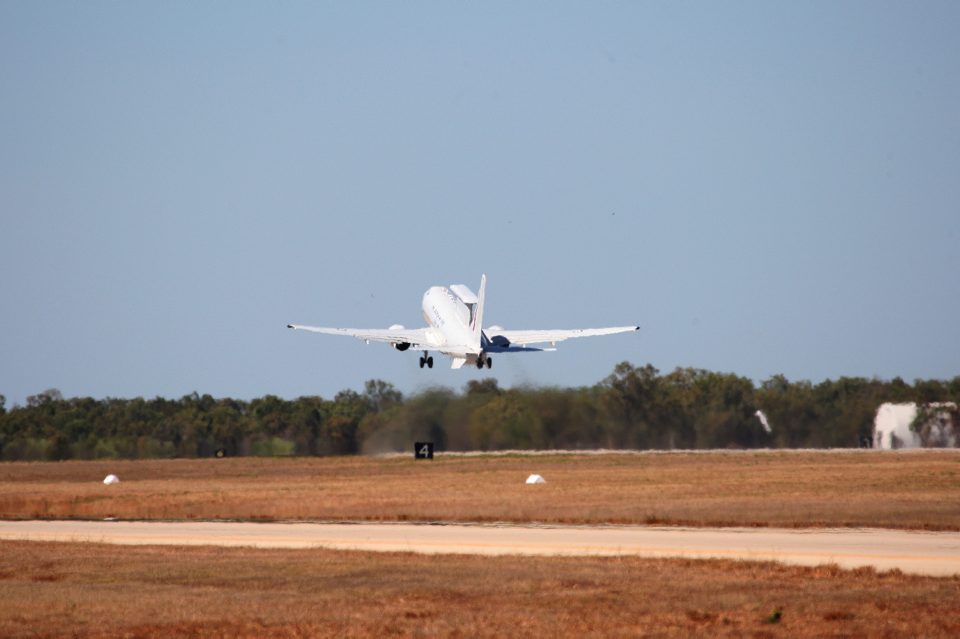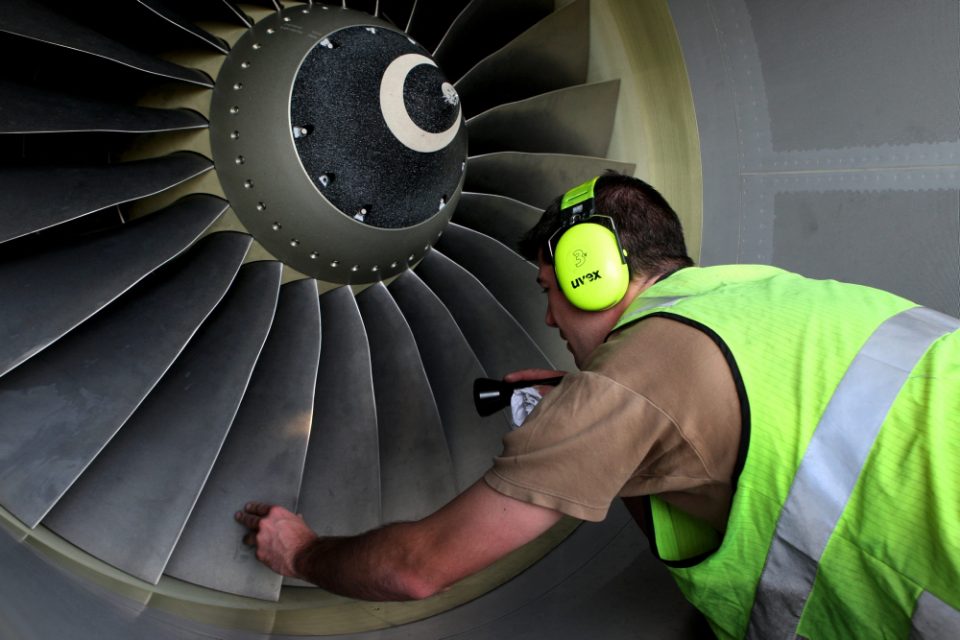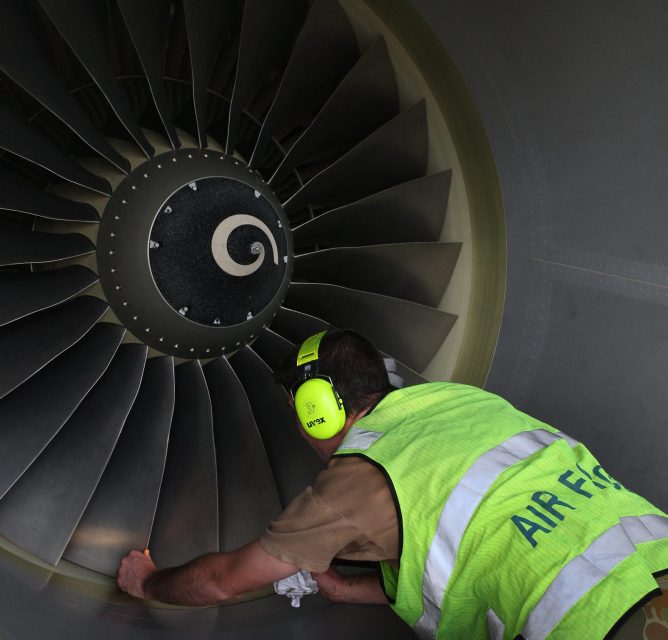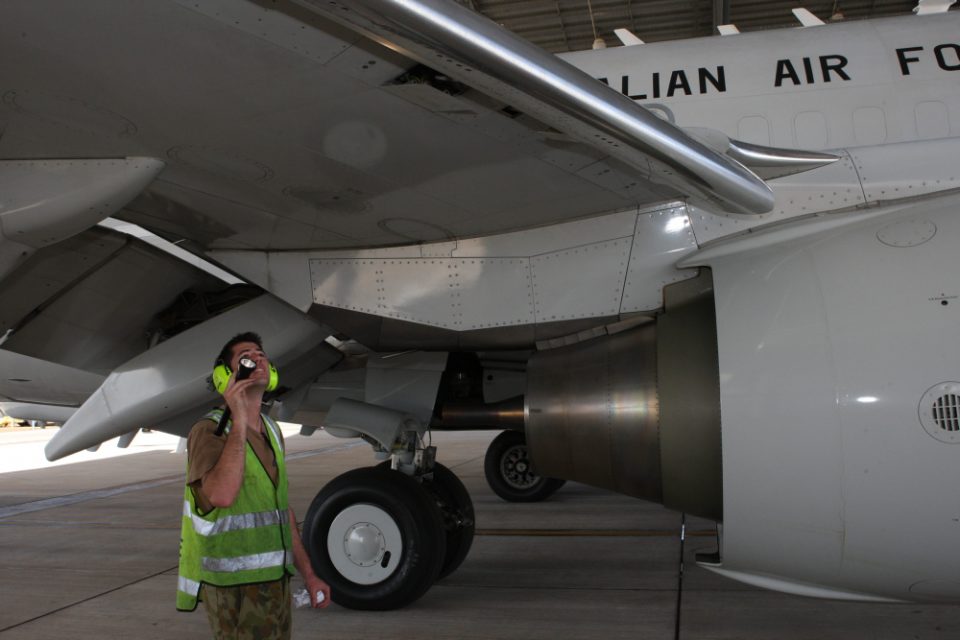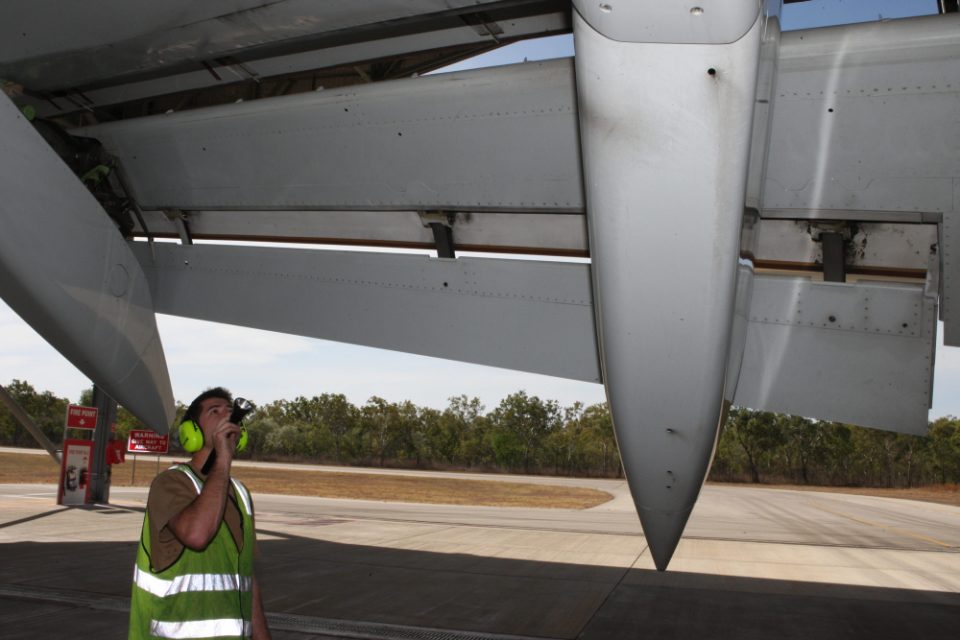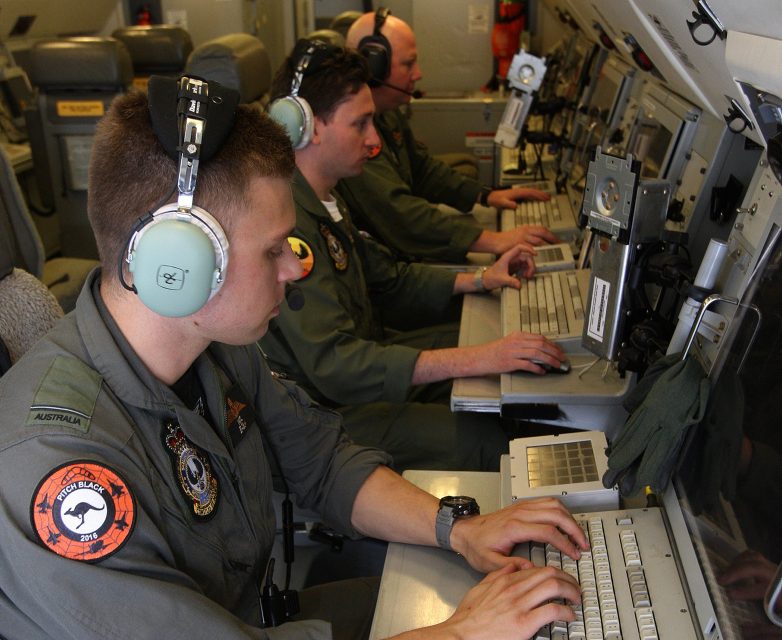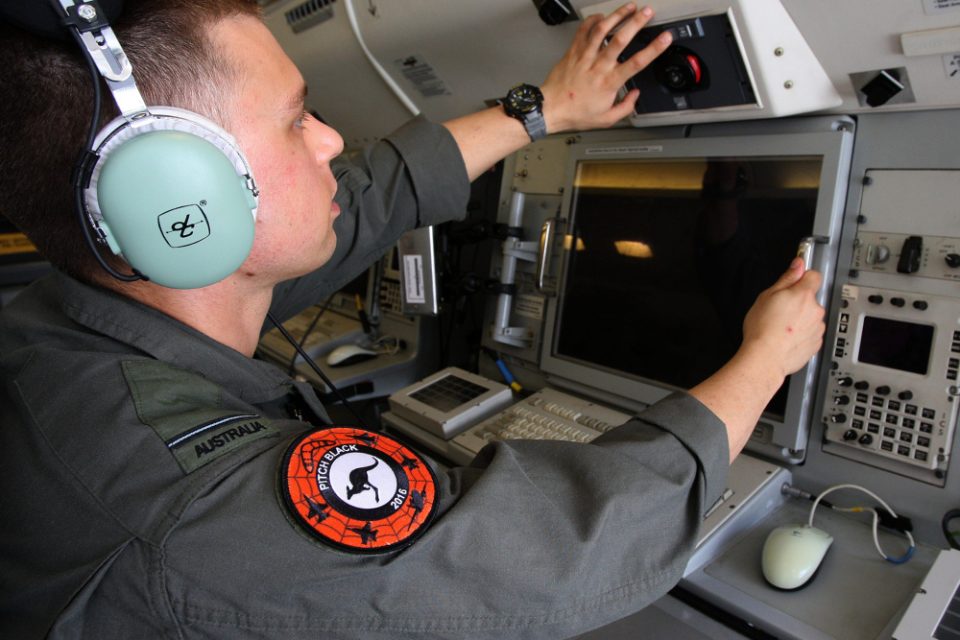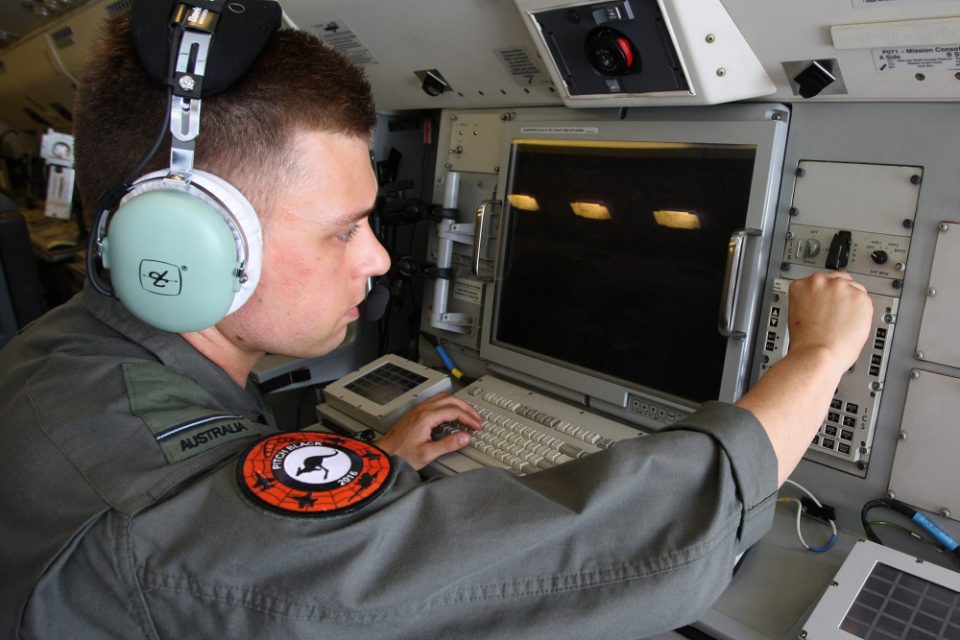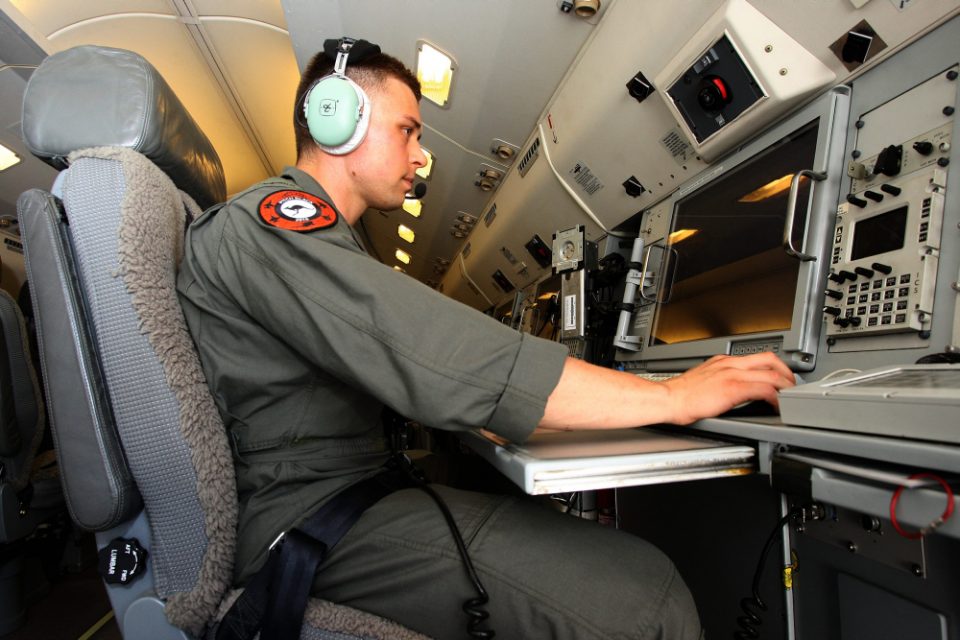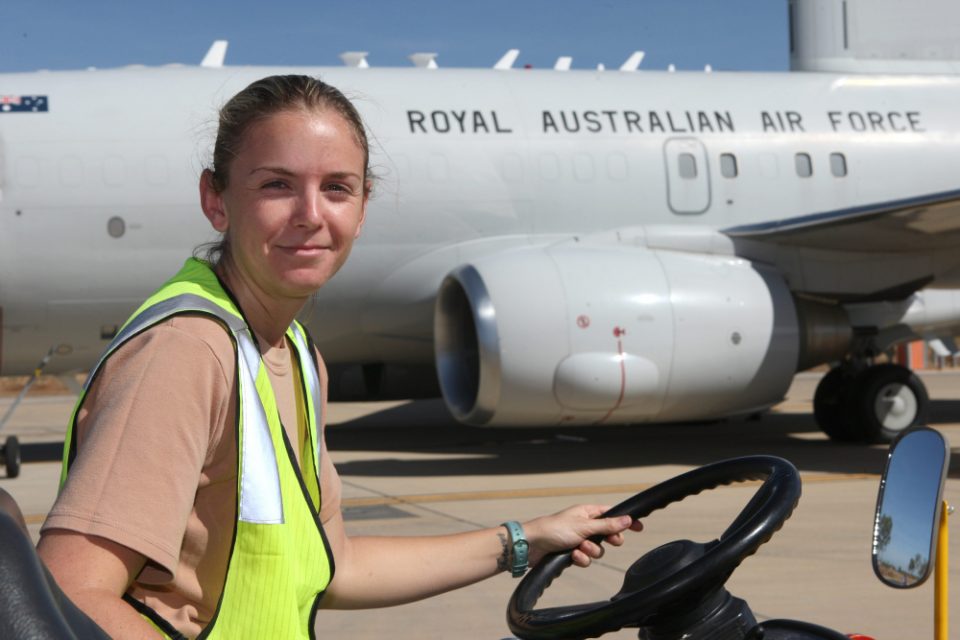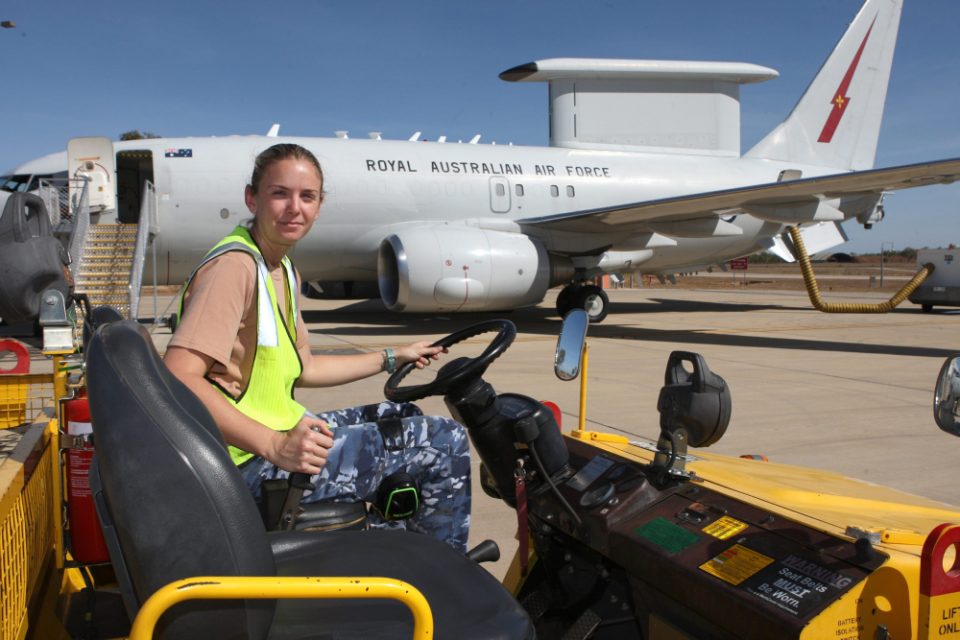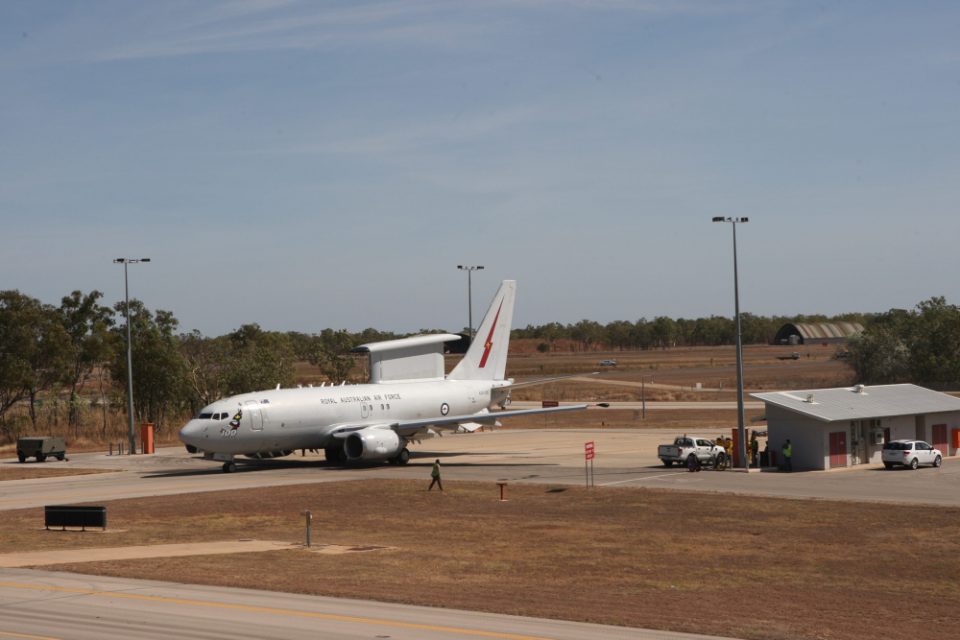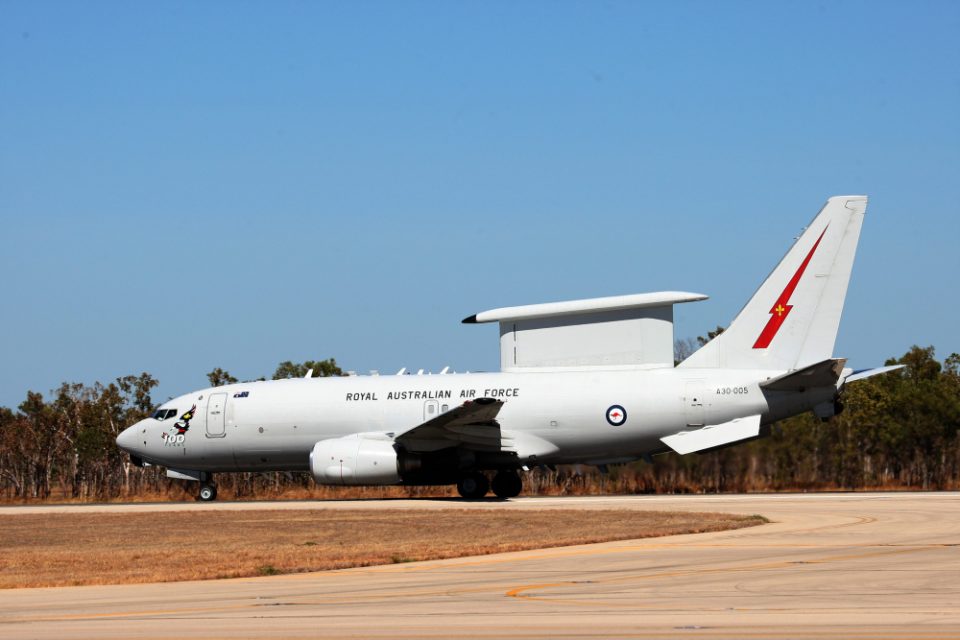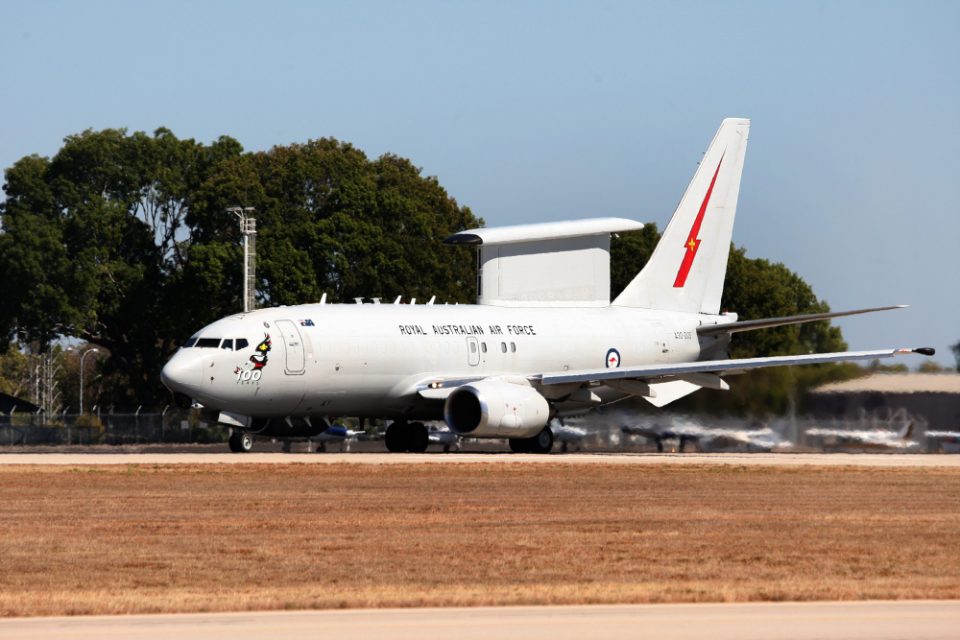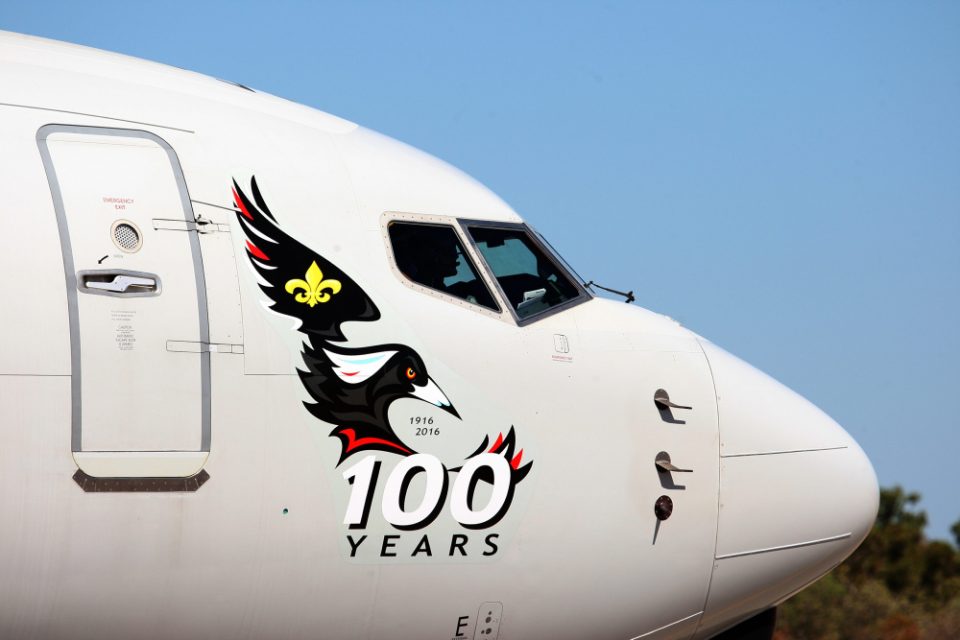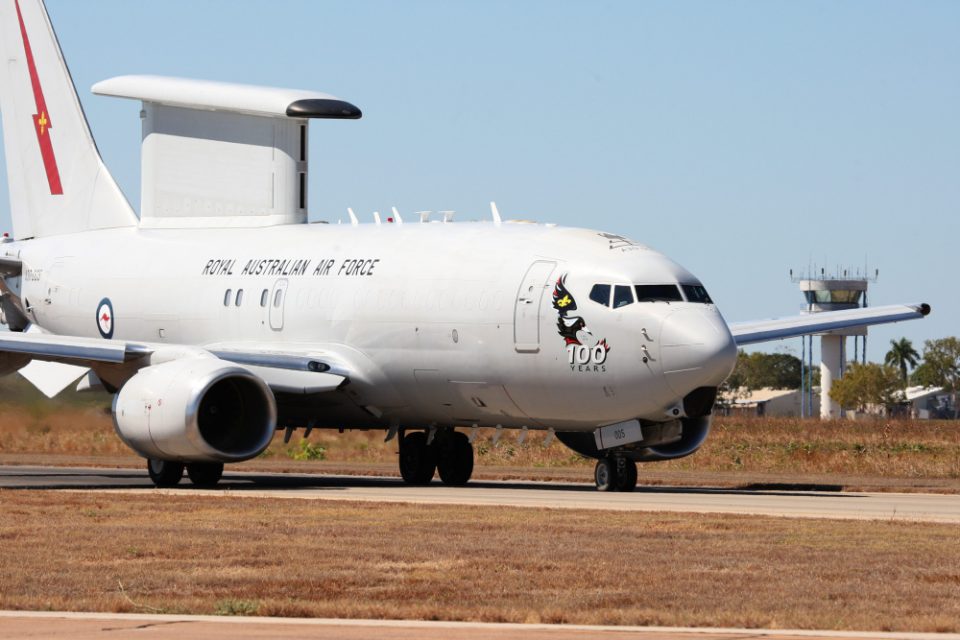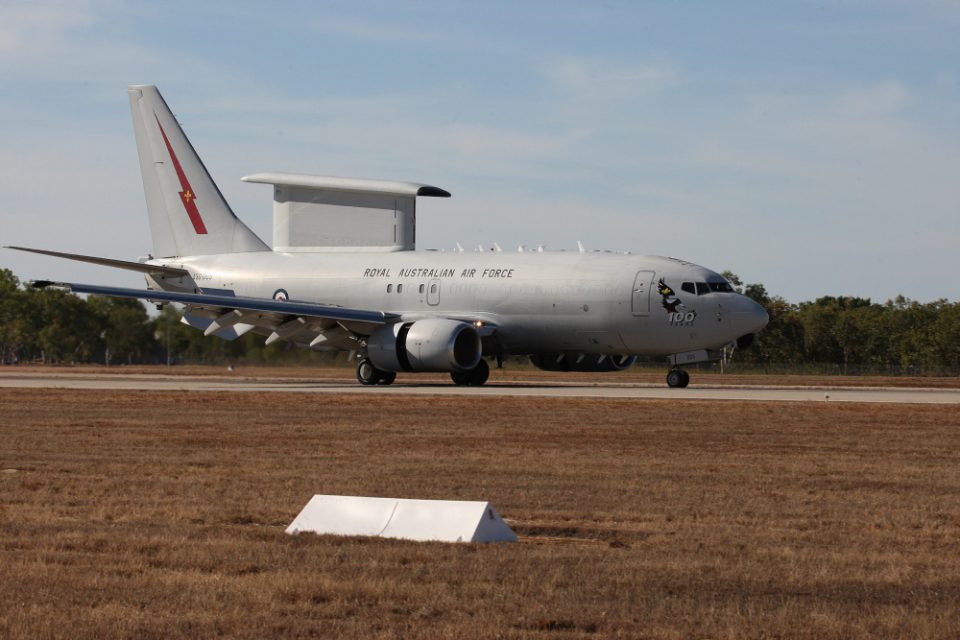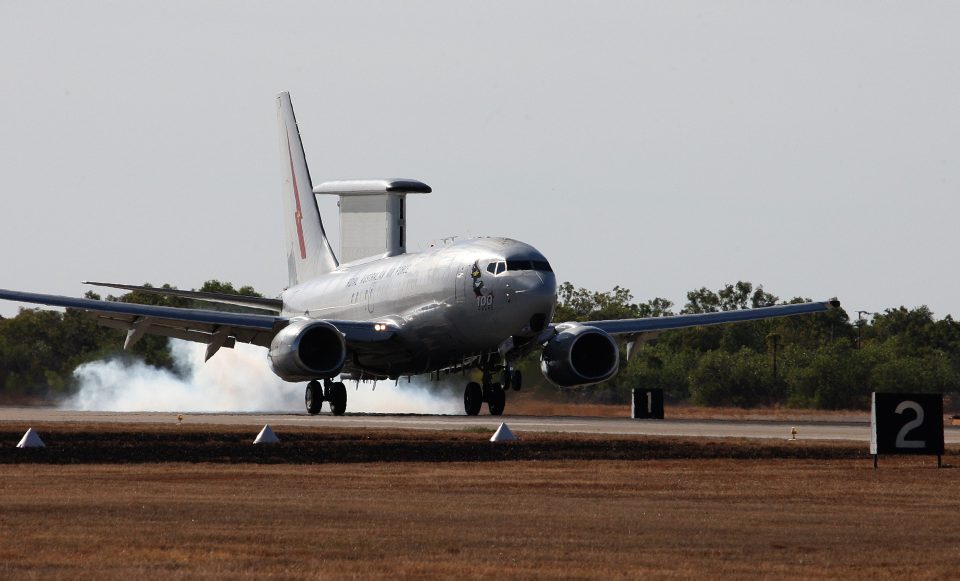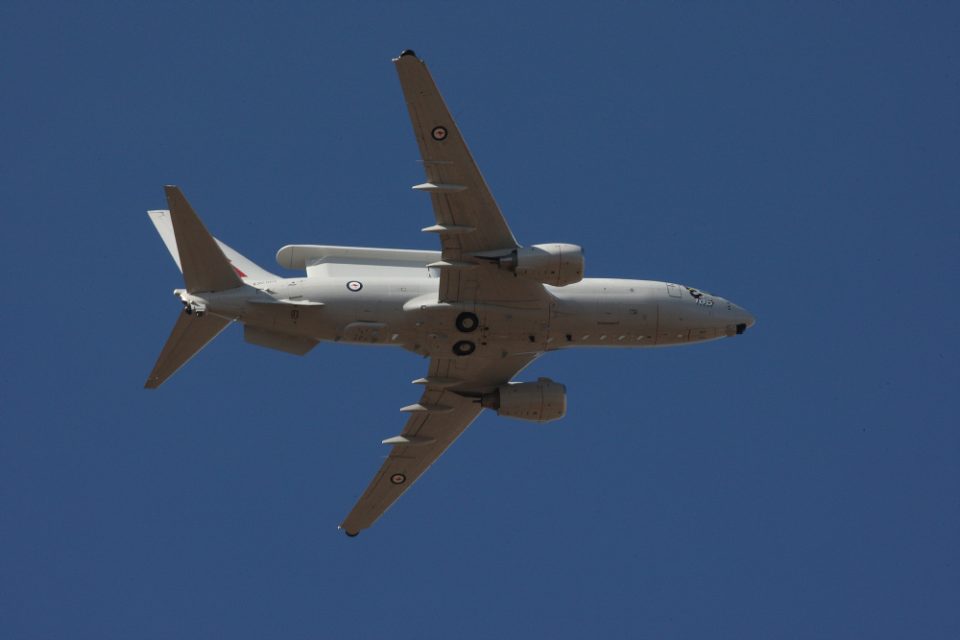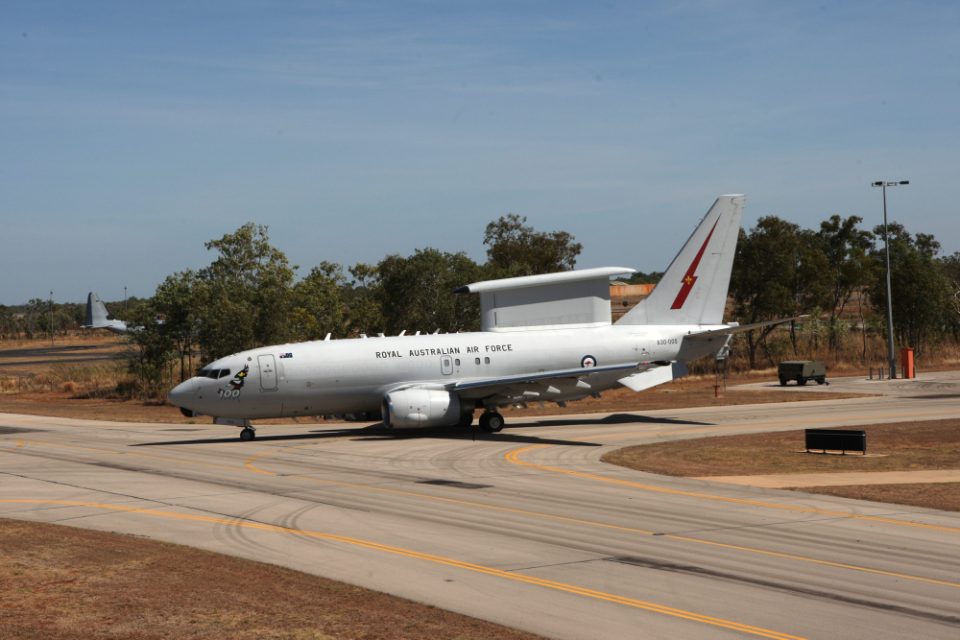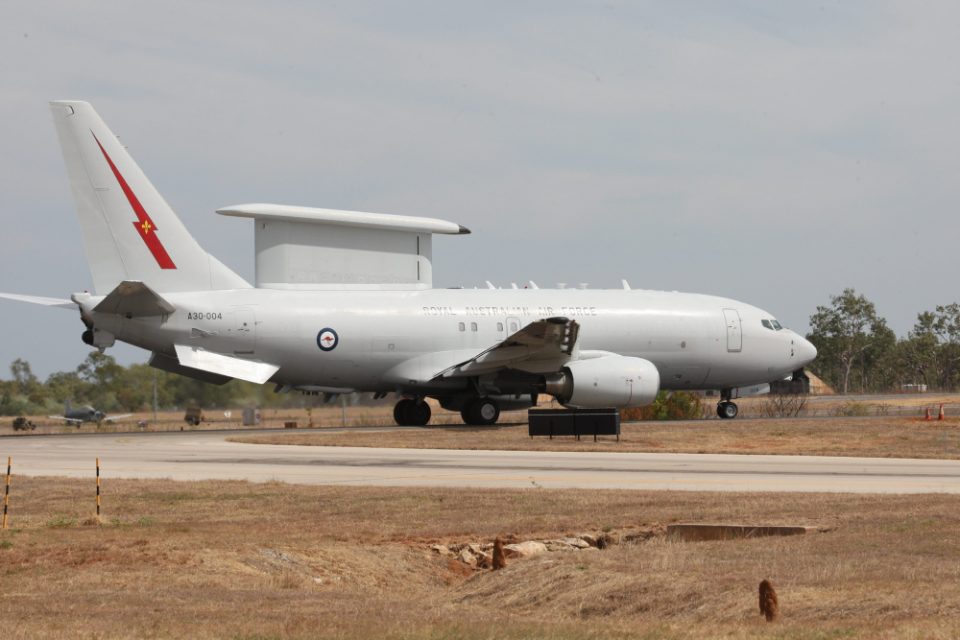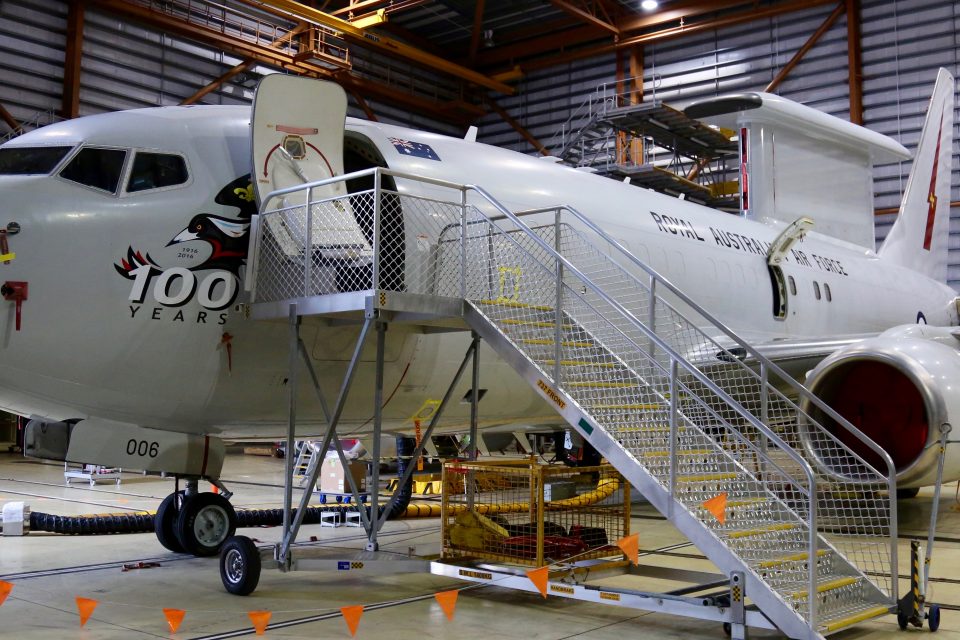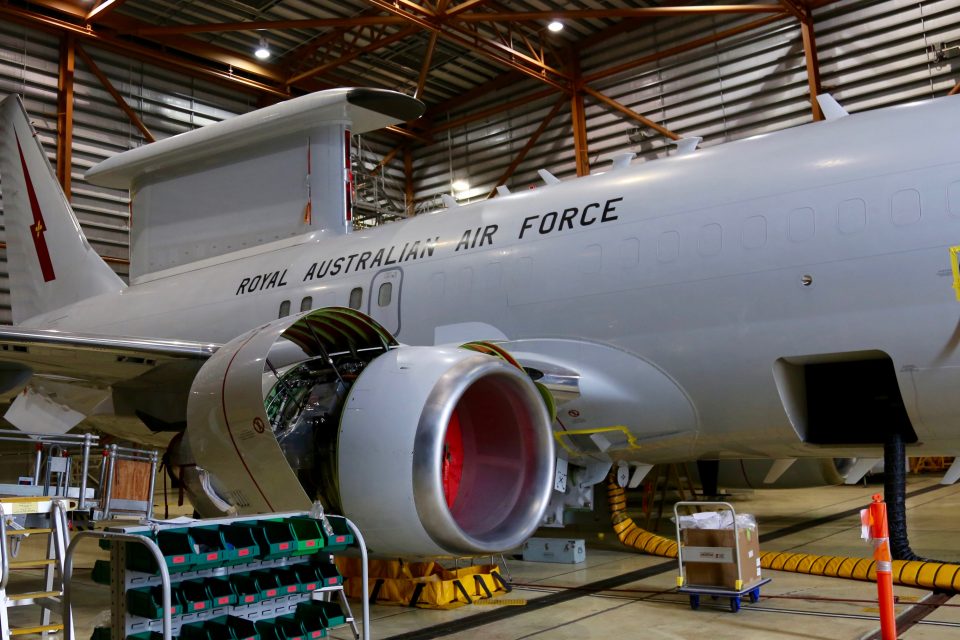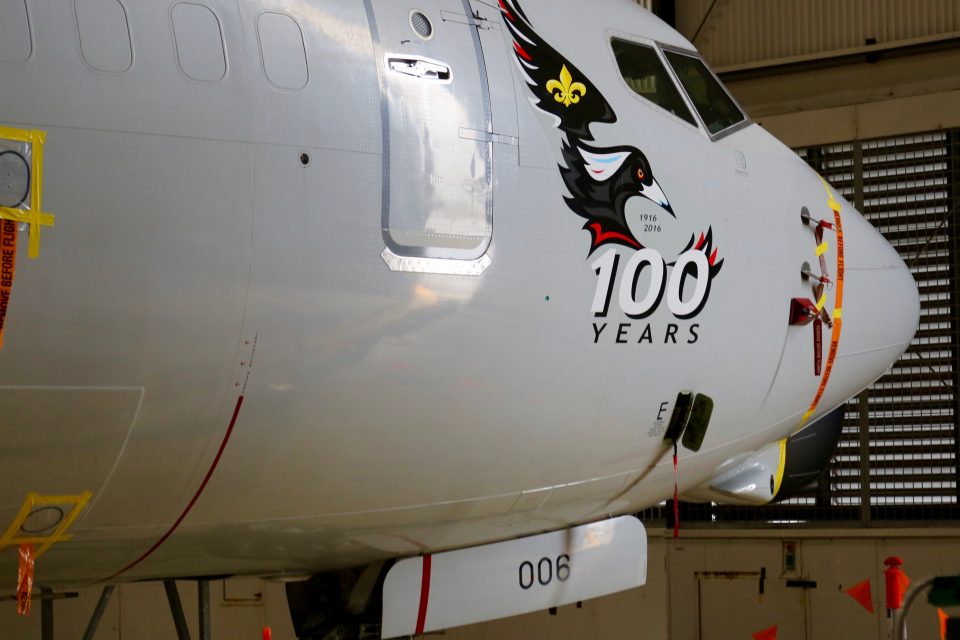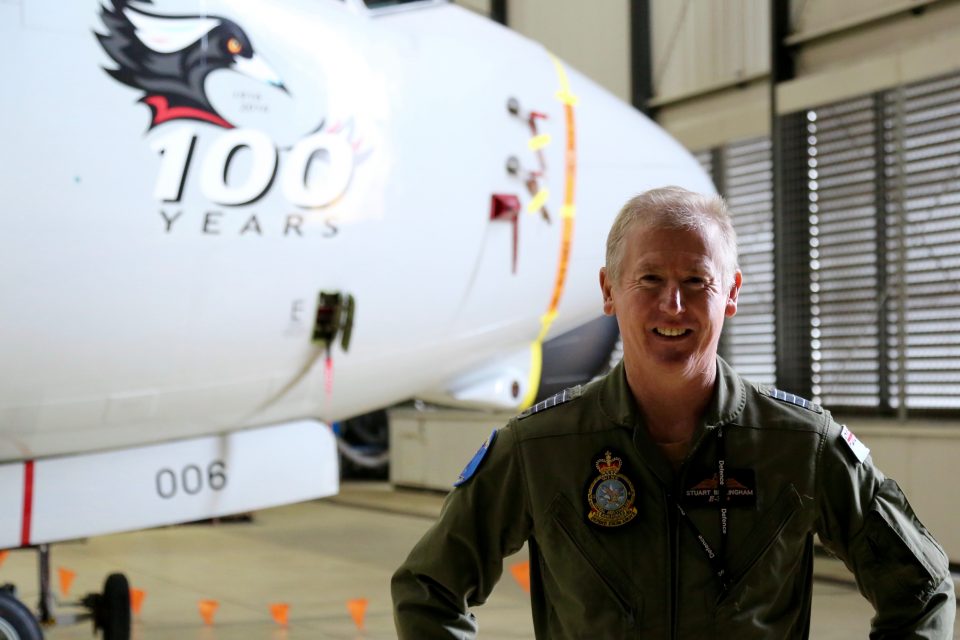2016-08-22 By Robbin Laird
Recently, I revisited Williamtown airbase, where I earlier visited the Wedgetail Squadron and the F-18 squadrons.
And during the last visit did a site visit and looked at the infrastructure modernization approach being implemented on the base.
This time, I had a chance to talk with Group Captain Stuart Bellingham, the Officer Commanding 42 Wing.
During this visit as well I was able to talk with senior Army and Navy officers involved in the evolution of Wedgetail as well and will discuss their perspectives in forthcoming interviews.
The Wedgetail is often referred to as an Aussie AWACS, but clearly is not.
The AWACs is an AIR battle managements system with the customers being largely the fighter community.
The Wedgetail is evolving towards a ground and naval engagement capability with naval and army officers onboard and with virtual Wedgetail becoming part of the officer training for the Army and Navy this process will deepen in the years ahead.
In many ways, what is being experienced with Wedgetail is what the ADF hopes to bring to the process of overall force design and greater operational integration.
It is also part of the new air combat systems, which are software upgradeable and capable of multi-tasking.
When I interviewed 2nd Squadron at Williamtown Airbase during my first visit to Williamtown, the squadron operating Wedgetail, the Squadron Commander underscored the challenge of understanding software upgradeability:
“This is a software upgradeable aircraft with a defined launch point (IOC) but no fixed end point (FOC). The system will always be evolving and growing as the software code gets rewritten to reflect events and demands from the squadron.
The squadron works through its experience and shapes change orders, which get sent to the procurement authorities to sort out priorities for the next round of upgrading the aircraft.”
The difference between older and such a new system was outlined by one participant during the visit as follows:
“We have in the same time frame bought a CRC system full up which will look pretty much like it is in 20 years; with Wedgetail it will look nothing like it does now in 20 years.”
This process of upgrading means that the software engineers work closely with the operators in shaping the evolution of the aircraft.
This is a very different approach from legacy systems.
As Paul Kalafos, Vice President of Surveillance Systems at Northrop Grumman has put it:
“We are getting significant feedback from the RAAF on deployment and requests to automate tasks where possible to enhanced the capability of the machine part of the man-machine relationship to shape a way ahead.
“A lot of the input is through the ARCS working group, which is a collaborative study environment involving Boeing, Northrop Grumman, MIT/Lincoln Labs, Air Force Life Cycle Management Center (AFLCMC), CEA Technologies, Defence Science and Technology Organisation (DSTO), Royal Australian Air Force (RAAF), and the Common Wealth of Australia (CoA).
“Operational requirements come out of that process and shape the next increment of software development.
“The ARCS is focused on problems and their resolutions.
“These are software updates.
“We get a software refresh out about once a year.
“Six months are spent doing the study to shape the plausible change; and the next six months are spent doing the integration and then getting it out the door.
“We shed the specs in favor of resolving problems, which the operational community identified.
“They can even write recommended change requests as well which provides part of the demand side process.”
Question: When I last visited Wedgetail you had not operate it in combat. Now you have.
How has it performed?
Group Captain Bellingham: “We flew to the Middle East and almost instantly began operations. Since September last year we haven’t dropped one mission due to systems on the aircraft, and we’re at 99 point something percent success.
“It’s able to deliver everything plus more to the coalition forces.There’s a lot of potential in in the Wedgetail system.
“You’ve got a twin engine jet, it takes a lot less fuel to keep it over the battle space. We’ve got 13 crewmembers on board rather than 20 plus crewmembers on board (on an AWACS) who need food and shelter and clothing and sustainment. The footprint comes down.
“And it is very reliable. It’s a relatively new jet, so our reliability is high in terms of the green aircraft systems. That may change as it gets older, but right now you turn it on and it works.
“From my perspective, I think not just the US but other nations are looking at E7 going, “You know what? That’s working.” Whereas where we were four or five years ago it was, “Seems like we’ve got a bit of work to do.”
Question: It is clearly a system in progress with the capability to evolve into what the US CNO calls a key capability to operate in the electromagnetic battlespace, and to do so for the joint force.
Could you talk about the joint evolution?
Group Captain Bellingham: “Army and navy officers are part of the Wedgetail crew. . We are not just extension of what the air defense ground environment or the control reporting units do from the ground. We take our platform airborne and we do air battle space management.
“Recently, in the Army led Hamel exercise, we pushed the link piecutre down to the ground force headquarters. Their situational awareness became significant, compared to what they have had before.
“And since the Williams seminar on Air-Land integration, several senior Army officers have been to Williamtown to take onboard what we can do and potential evolution of the systems onboard the aircraft.
“We are seeing similar developments on the Navy side. A key example is working with the LHD. My opinion is that the Wedgetail will be critical to making all the bits of an amphibious task group come together. And not just that but as the P-8 joins the force, we can broaden the support to Navy as well. And the new air warfare destroyer will use its systems as well to pass the data around to everyone, and making sure everyone’s connected.
“The E-7 is a critical node in working force integration and making sure we’re all seeing the same thing at the same time, and not running into each other, and getting each other space. We’re not on a ten second scan. We are bringing the information to the war fighter or to whoever needs it right then.”
Question: During the visit, we have been in the squadron building, the hangar and in the System Program Office collocated with the squadron.
What advantages does that bring?
Group Captain Bellingham: “It facilitates a close working relationship between the combat force and the system developers.
“We can share our combat experiences with the RAAF-industry team in the SPO and to shape a concrete way ahead in terms of development.
“The team is very proactive in working collaboratively to get to the outcome we’re looking for.”
Question: In the SPO facility, you have a Virtual Wedgetail, which is the currently configured Wedgetail systems but located on the ground.
How as that worked for you?
Group Captain Bellingham: “It is crucial for reaching out to the warfighting community. We have plugged into both Army and Navy officer training courses.
“We are using it to work closely with the Army and Navy getting ready for our Fall exercise with the LHD to shape a task force concept of the amphibious ships.
It provides a realistic way for Army and Navy officers to see what we contribute to their warfighting tasks.
“We need a crew in the Virtual Wedgetail to make it work because they have to have the right experience and background to provide that level of reality to the force which then the warfighters can experience what we can bring right now to the fight.
“We are also working with 7th Fleet. We work with the PACAF as well. We sent two planes to Pitch Black 2016 and are participating as well in the current Red Flag Alaska. This allows for Australia and the United States to shape synergies in the force.
“We put three layers of officers into the AOC that was running the Pacific Thunder exercise to ensure the success from our perspective and get people to understand it.
“We’ve definitely been invited back so we’ll be there again beginning of next year doing it again which will be great.”
Question: The software upgradeability aspect of the plane means that you have to inform the broader warfighting community of what the evolving aircraft is now capable of. We saw those concerns when we visited Jax Navy and talked with the P-8 and Trion squadrons.
How are dealing with this challenge?
Group Captain Bellingham: “Until we stop flying the E7, it will keep getting better. The challenge is as you fairly eloquently stated it is making sure people understand the capability as we’re progressing.
“It’s not just one community, the fighter force, with whom we need to communicate.
“We need to work with and communicate effectively with the joint force.
“Which affects our training as we move ahead as well.
“We must make sure that our communication is effective within the joint force.”
Question: Where is the future evolution of the system likely to go?
Group Captain Bellingham: “One aspect is the people aspect, namely that Army and Navy officers are not simply replicating what they have done in legacy systems. Once they become that mission commander they are that all-seeing, all-knowing, joint integrator who is a vastly different person to what they were in the ground system and they know an awful lot about joint integration and how to make that work.
“Another aspect is the evolving technology of the systems, which are clearly moving down the path of providing significant electronic-magnetic warfare capabilities as well.
“We are not just a classic flying radar.
“When we’re looking forward ten years from now, that’s where we’re looking.”
Question: The P-8/Triton dyad is coming to the force.
How will that affect Wedgetail?
Group Captain Bellingham: “Significantly.
“One aspect is that we will be operating a larger 737 fleet with six Wedgetails and 15 P-8s. We can’t afford not to look for opportunities in this space.”
The first slideshow highlights Wedgetail in the recently completed Pitch Black 2016 exercise and the photos are credited to the Australian Ministry of Defense.
The second slideshow shows Group Captain Bellingham and the Wedgetail being worked in the hangar for deployment later this year and the photos are credited to Second Line of Defense.
For earlier overview pieces on Wedgetail, see the following:
And for our special report on the P-8/Triton dyad, see the following:
The Arrival of a Maritime-Domain Awareness Strike Capability: The Impact of the P-8/Triton Dyad



